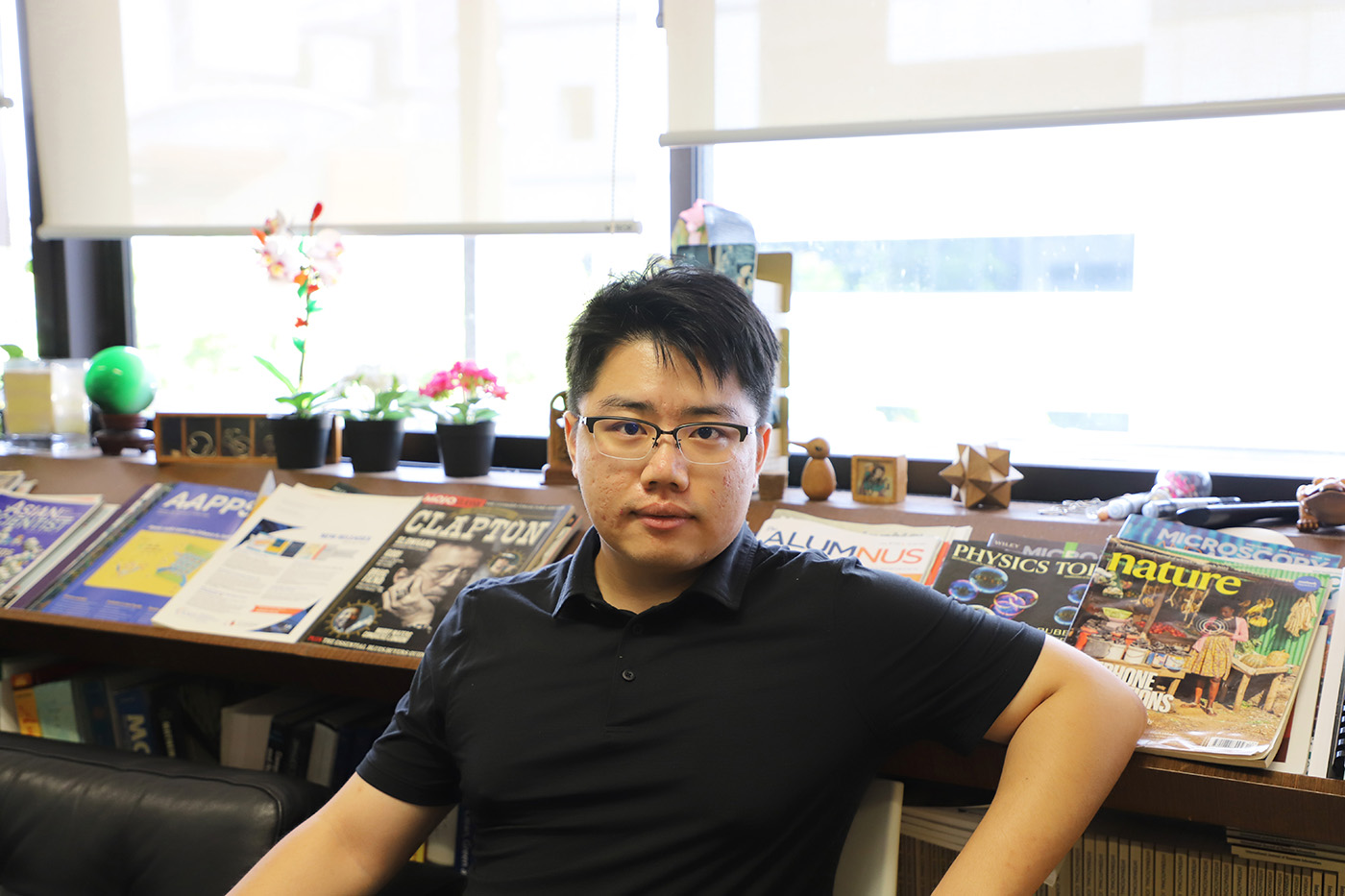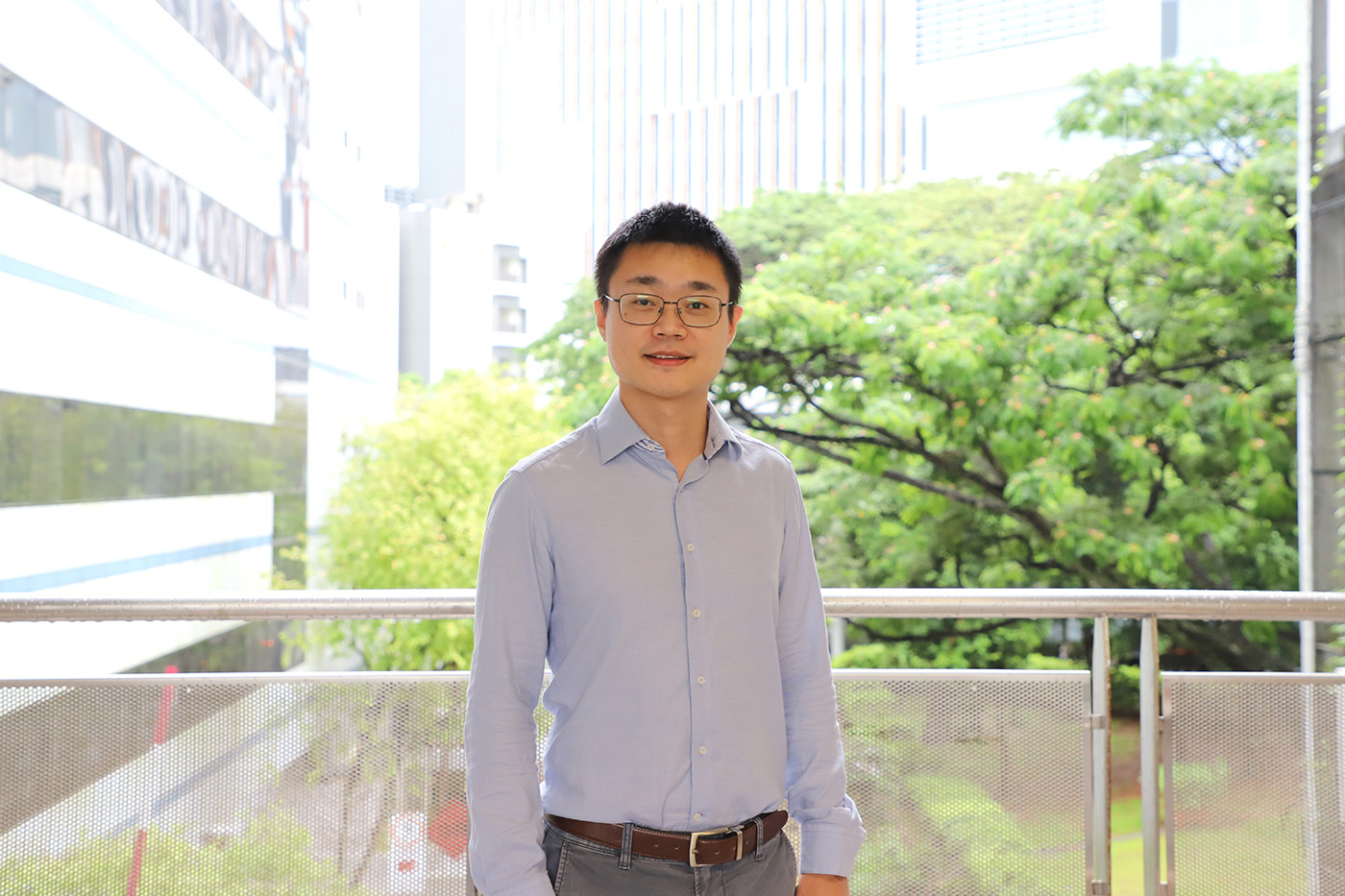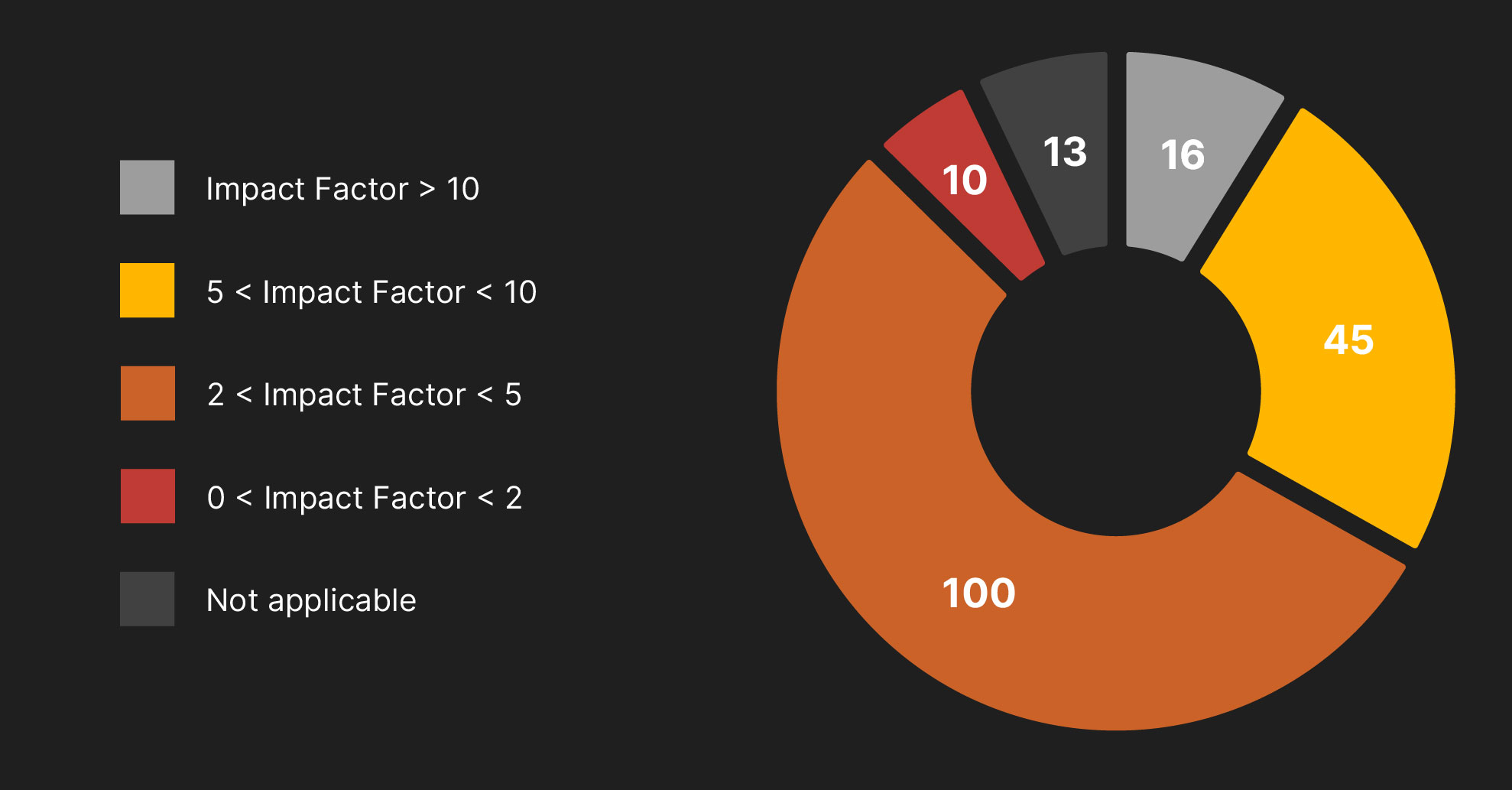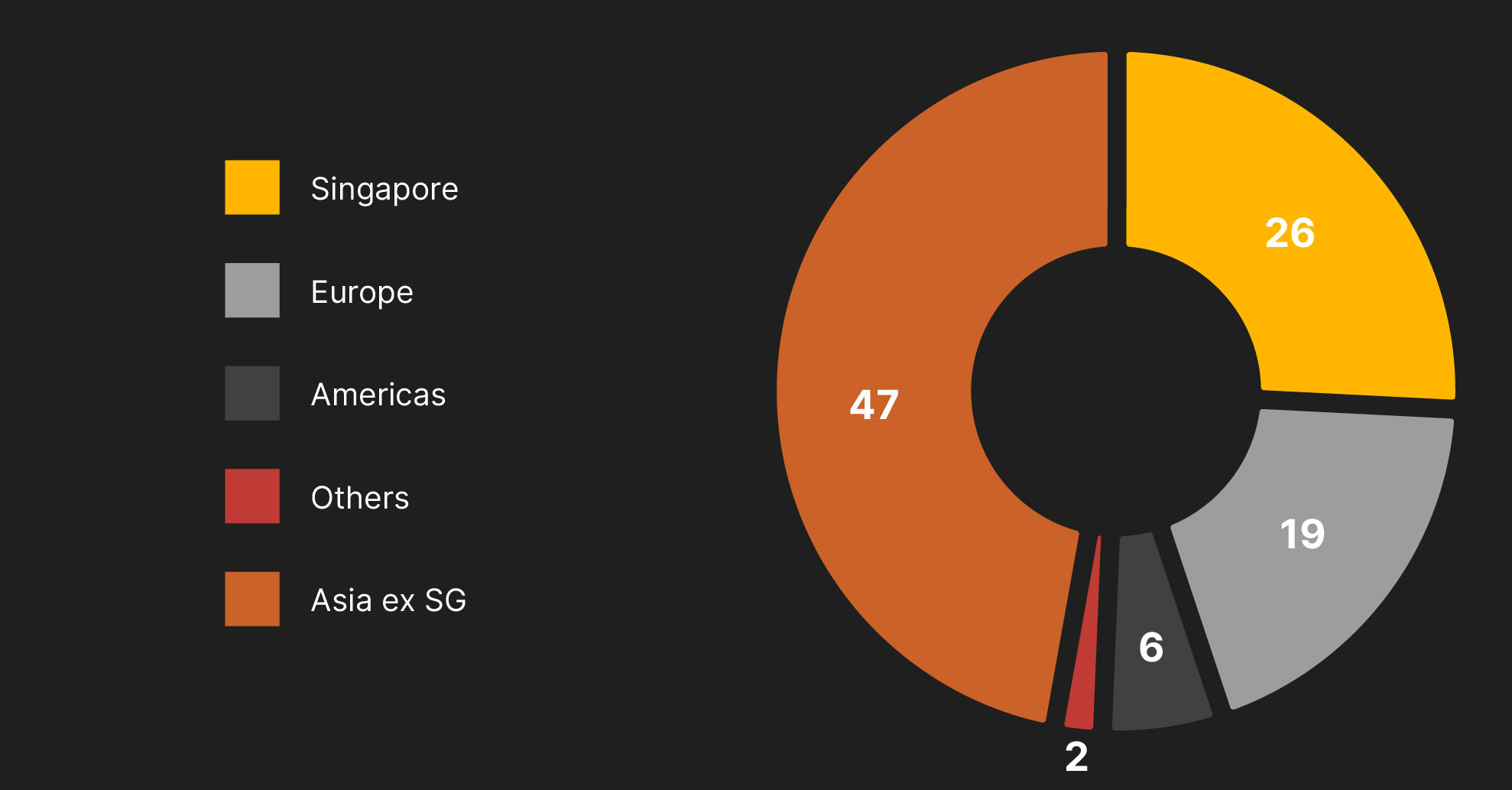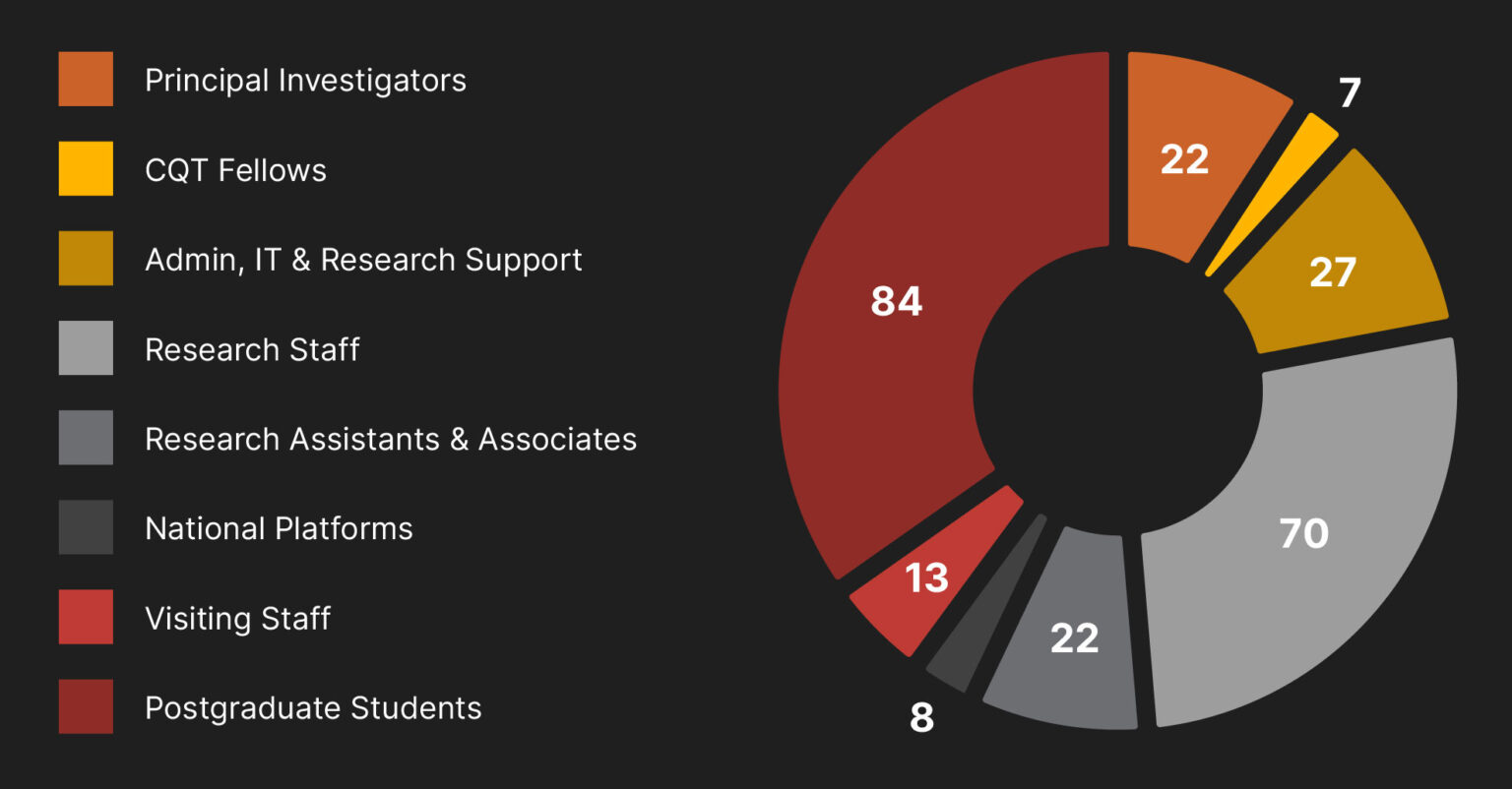Meet a CQTian: Enrique Cervero
Final-year PhD student Enrique capped an internship at JPMorgan Chase by co-authoring a paper in Nature
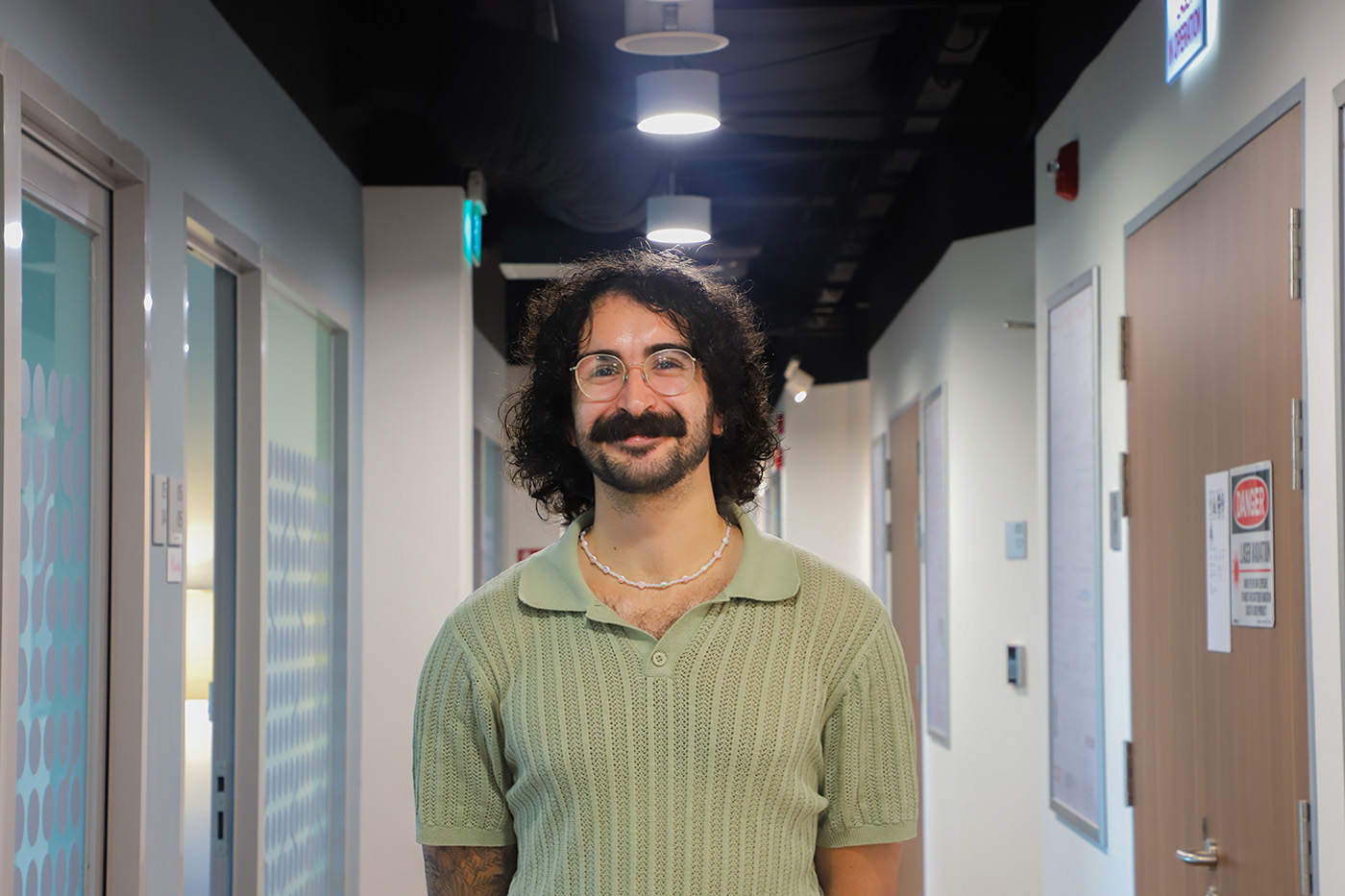
Enrique works on the theoretical aspects of quantum information theory, quantum cryptography and quantum computation. He also enjoys sports and playing chess.
Who are you and how did you come to be at CQT?
My name is Enrique. I’m a final-year PhD student under Principal Investigator Marco Tomamichel. I mainly work on the theoretical aspects of quantum information theory, quantum cryptography and quantum computation.
I did my Master’s at the University of Copenhagen, supervised by Professor Laura Mančinska who used to be a postdoc at CQT some ten years ago. She recommended Marco’s group at CQT as a potential PhD opportunity. I did want to try moving outside of Europe and Singapore just seemed like an obvious choice.
Congratulations on your new paper out in Nature! Could you share more about the work?
It’s about this process known as ‘certified randomness’. Essentially, it leverages the difficulty of simulating some output distributions by classical computers to certify random bit strings from a quantum computer.
It’s something like a computational version of the Bell test. We submit a randomly chosen circuit to a quantum computer, which applies the circuit and measures the result, giving a bit string. We repeat this many times. Then, we compute the probability of having received each particular string during each of the runs. The sum of those probabilities must be within a certain range for us to tell with some certainty that the strings we received came from a quantum computer.
We can then use techniques to estimate how much randomness is contained in those samples, to basically estimate the quality of randomness.
What is exciting about the work?
The cool thing is that we did this experiment on a physical quantum computer, the 56-qubit quantum computer from Quantinuum. I think this was one of the very first demonstrations of the usefulness of the near-term quantum computers.
Why is certified randomness important?
Randomness is incredibly important in any application that requires cryptography, for example for encrypting messages on Whatsapp or Telegram, securing bank information or for website authentication. Randomness is extremely hard to generate classically because classical computers are deterministic. We know quantum is governed by some randomness, so the task is to figure out how to use this to produce a viable random output.
How did you come to intern at JPMorgan?
It was serendipitous. I was looking to do an internship during my time at CQT. After a seminar, I was discussing the talk with Charles Lim, who was previously a CQT Principal Investigator and is now on leave of absence from the National University of Singapore to lead the quantum cryptography team at JPMorgan. I asked if he had any opportunities available. Things worked out and I spent eight months last year interning with JPMorgan in Singapore.
Was the work similar to what you are doing for your PhD?
The same. A lot of people are surprised because they thought a company would be much more industry focused. But it didn’t feel like that to me. They have a large team with a theory section, which I was in, and an experimental section. My work was more focused on near term applications, but there was still fairly theoretical cryptography work.
What are you working on now?
I am working with my colleague Hu Yanglin on objects known as t-designs, a set of matrices that behave like random matrices. For any application that uses a random process, you want to sample a random matrix. Sampling a random matrix is really hard because the set of random matrices is infinite. Instead, you want to take a smaller finite set and show that if you sample t times from this set, it behaves exactly like the large infinite set. How to efficiently construct this finite set of matrices has been a big area of research recently. I’ve also been working on some algorithms for learning theory.
What do you do outside of work?
I do a lot of sports, such as running, going to the gym, climbing and yoga. I also try to kayak every two weeks. Some of the best views of Singapore are in the middle of Kallang reservoir. Otherwise, I enjoy playing chess. I probably play too much chess.
You mentioned you came to Singapore looking to move outside Europe. How has it been for you?
I’m loving it. It has been a great experience for myself and for my partner who moved here with me. Career-wise, it has been amazing for both of us. I managed to be part of a great group here at CQT, and the internship was also a good opportunity. For her, she works in the finance industry and has excelled in her role. The opportunity to travel this part of the world has also been great.
Other media:
NUS News: https://news.nus.edu.sg/nus-researchers-and-alumnus-contribute-to-major-quantum-computing-milestone/
